14- Posture and Walking for Special Groups
As we wrap up common mistakes and learn how to listen to our bodies, it’s important to recognize that posture and walking habits aren’t one-size-fits-all. Different lifestyles, professions, and stages of life can dramatically impact how we hold and move our bodies. Whether you’re sitting at a desk all day, walking a runway, managing age-related changes, or recovering from an injury, your posture needs special care and tailored approaches.
In this section, we’ll explore how different groups can adapt posture and walking techniques to suit their unique needs. From office workers stuck in chairs for hours, to models aiming for grace and presence, to older adults maintaining mobility, and even individuals working through physical rehabilitation; each group faces its own set of challenges. By understanding these specific needs and learning how to support them, we can ensure that elegance, strength, and comfort remain accessible to everyone, no matter their situation.
Posture Tips for Office Workers- Avoiding sedentary posture issues
Spending long hours seated at a desk can take a serious toll on your posture. Office workers are especially prone to developing a hunched back, tight hips, and a stiff neck, all of which can stem from poor ergonomic setups and extended periods of inactivity. The key to avoiding these issues lies in being proactive about how you sit and move throughout the day. Start by setting up your workspace so that your screen is at eye level, your feet are flat on the floor, and your knees are at a right angle. Your chair should support the natural curve of your lower back, and your arms should rest comfortably at your sides with elbows bent at about 90 degrees. These small adjustments can prevent slouching, reduce pressure on your spine, and help you maintain a healthy, neutral posture.
But setting up your desk isn’t enough; you also need to move. Make it a point to stand, stretch, or walk around for a few minutes every half hour. These short breaks can do wonders for circulation and spinal health. Incorporating simple desk stretches like shoulder rolls, neck rotations, and seated twists can relieve built-up tension and remind your body to reset. Engaging your core slightly while sitting and being mindful of your posture throughout the day also helps train the muscles that support your alignment. By staying aware and making movement part of your routine, you can offset the negative effects of a sedentary job and feel more energized and balanced, even after a long day at the desk.
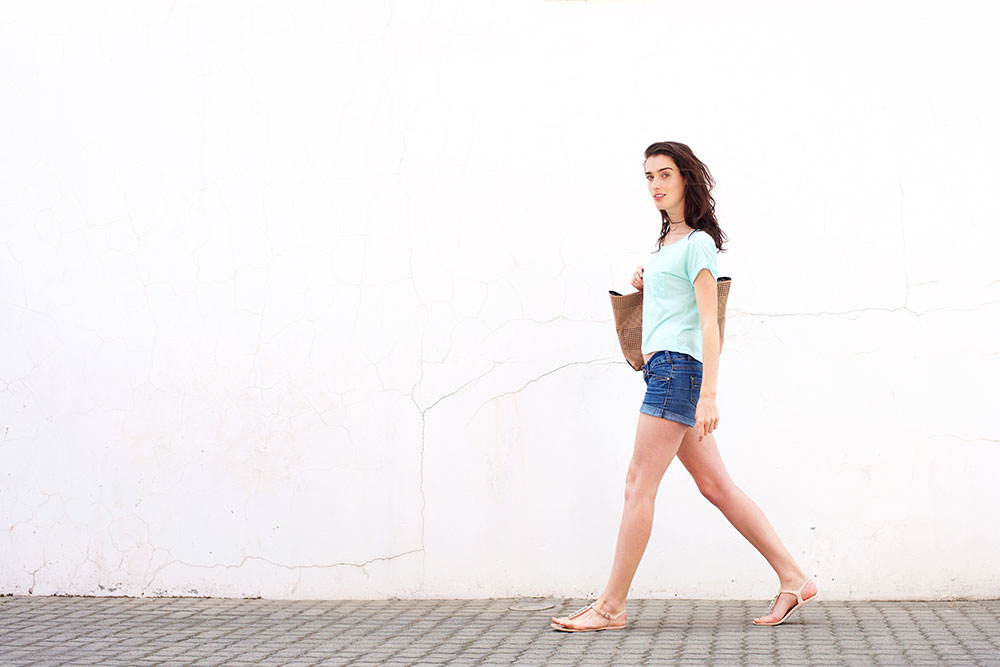
Posture and Walking Tips for Models- Building runway confidence
For models, posture and walking are not just about looking elegant but they’re essential tools of the trade. On the runway, every step, pose, and turn speaks volumes. That’s why mastering posture is one of the first things taught in model training. A model must stand tall with a lifted chest, a long neck, and shoulders pulled slightly back; this upright posture immediately exudes confidence and presence. The spine should remain neutral, and the weight must be balanced evenly across both feet when stationary. This kind of poised stance not only enhances the fall and flow of garments but also projects professionalism and authority, making the model a living extension of the designer’s vision.
Walking with grace on the runway requires conscious control and rhythm. The walk should appear effortless, yet it demands strong core engagement and precise coordination. Models typically walk with one foot placed directly in front of the other, forming a straight line, which naturally encourages hip sway and creates a visually appealing silhouette. The pace should be steady and deliberate; not rushed, while maintaining an upright posture, relaxed arms, and focused gaze straight ahead. Heels are often part of the look, so practicing with the exact footwear you’ll wear is key to avoiding missteps. Confidence shines through when the walk feels natural, so rehearsal is crucial to ensure the model isn’t just walking but commanding attention.
Beyond the physical technique, runway confidence is a mindset. Many models use visualization or breathing techniques backstage to calm nerves and center themselves before a show. Good posture fuels this inner poise; it helps models feel grounded and appear unshakable. Practicing in front of mirrors or filming walk rehearsals can help spot minor issues, like unnecessary stiffness or unbalanced movements, and allow for refinement. Whether it’s a fashion week runway or a small boutique show, models who invest time in mastering their posture and walk often stand out; not just for how they look, but for the energy and elegance they bring to every step.
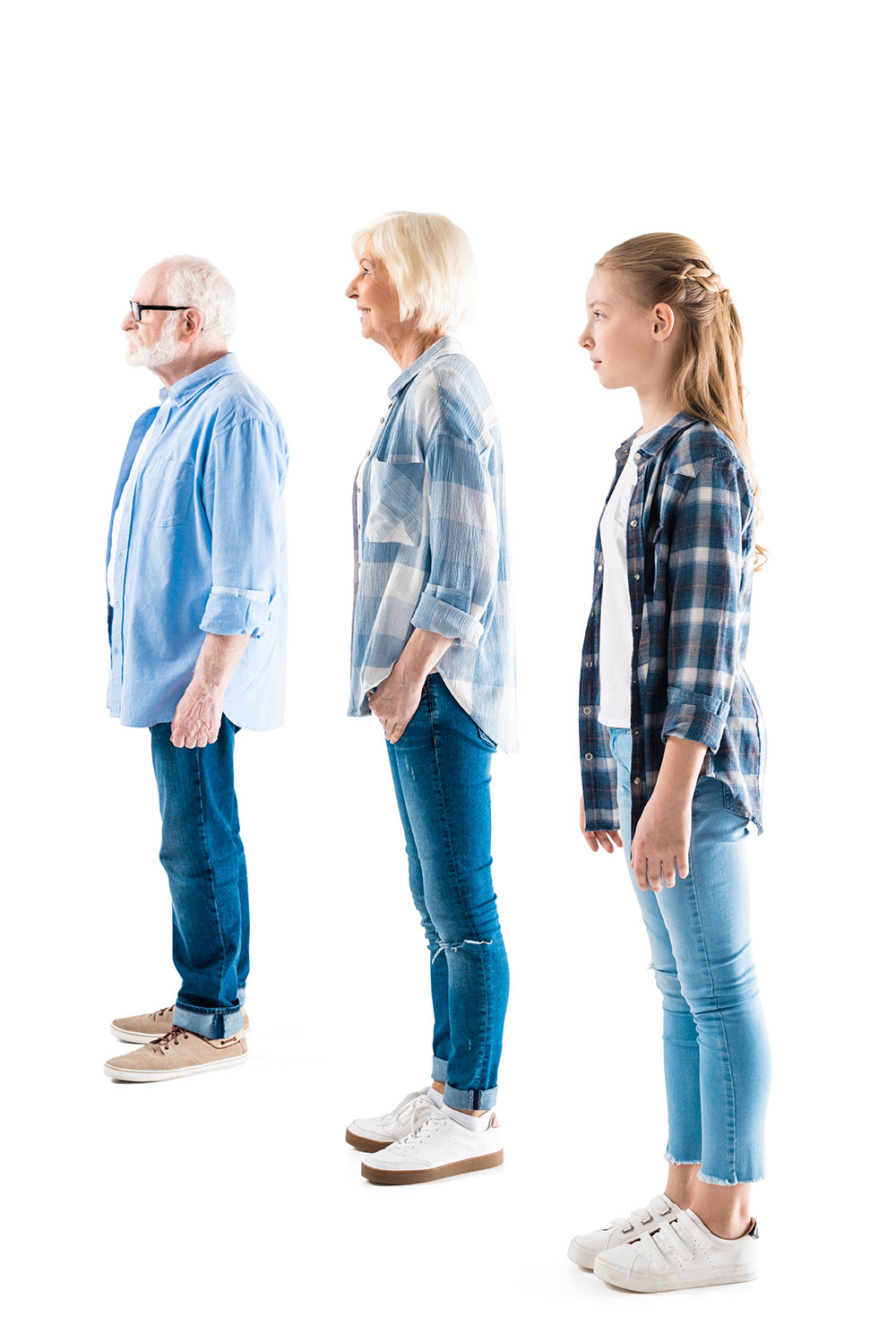
Posture for Older Adults- Preventing back pain and maintaining mobility
As we age, maintaining good posture becomes more than just a matter of appearance but it plays a crucial role in preserving mobility, balance, and overall health. For older adults, postural decline often results from muscle loss, reduced flexibility, and years of ingrained habits like slouching or sedentary behavior. Over time, poor posture can lead to chronic back pain, joint strain, and even a higher risk of falls. By consciously working on posture, older individuals can reduce these risks significantly. Keeping the spine aligned, shoulders relaxed, and the head in a neutral position helps distribute weight evenly, easing pressure on the lower back and knees while promoting a more stable, upright stance.
Incorporating simple, low-impact exercises into a daily routine such as gentle core strengthening, stretches for the shoulders and hips, and walking with mindful alignment can support the muscles responsible for posture. Tools like lumbar cushions, supportive footwear, or posture-friendly chairs can also make a big difference, especially for those who spend long periods sitting. Moreover, improving posture helps older adults breathe more deeply and move with greater ease, both of which are essential for maintaining independence. Ultimately, staying aware of posture and making small adjustments throughout the day can help older adults not only avoid discomfort but also feel more confident and capable in their everyday lives.
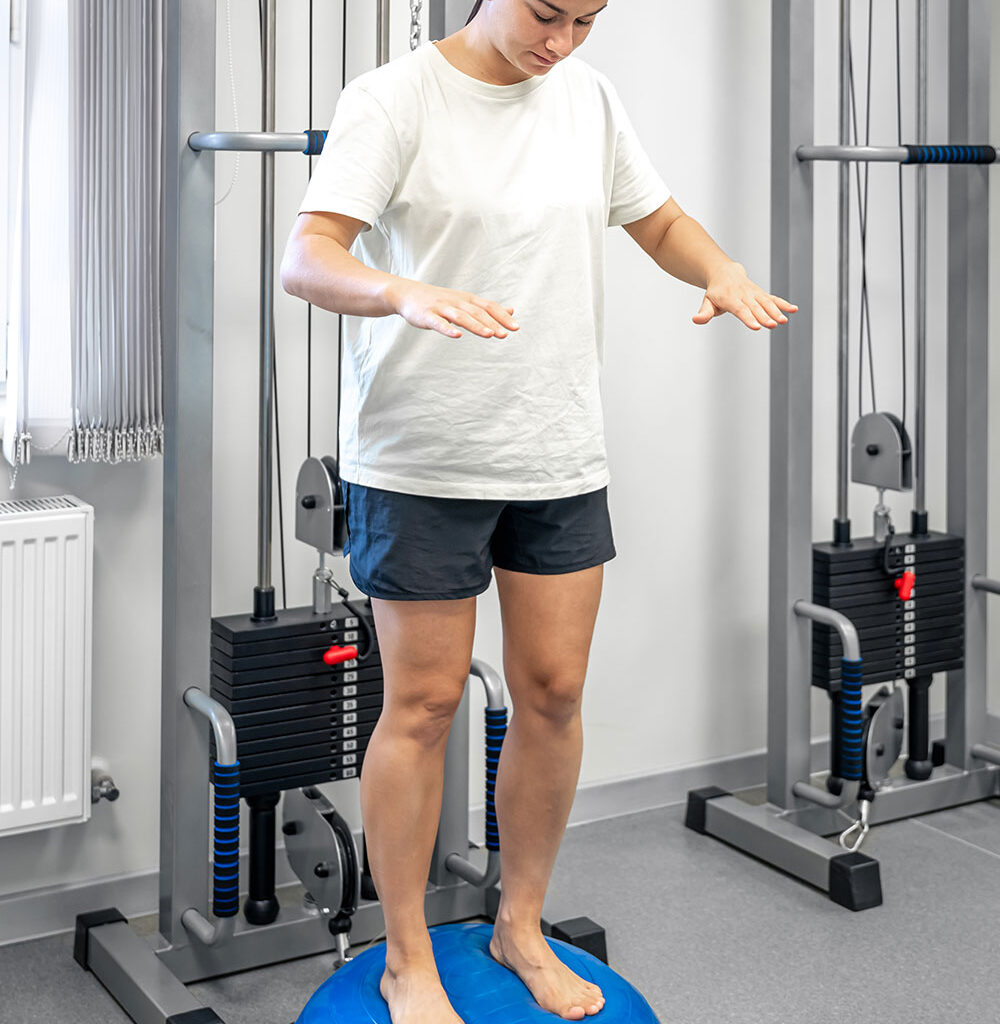
Posture After Injury- Rebuilding alignment and balance through rehabilitation
Recovering from an injury often requires a focused approach to restoring proper posture and movement patterns. After an injury, the body may compensate by adopting unnatural postures to avoid pain, leading to muscle imbalances and even secondary injuries. Whether it’s a sprained ankle, a back injury, or a shoulder strain, these compensations can disrupt normal alignment and posture. Rehabilitation exercises and posture correction play a critical role in rebuilding strength, flexibility, and balance. Working with a physical therapist or rehabilitation specialist can help individuals gradually re-establish proper posture by targeting the weakened muscles, improving flexibility, and restoring joint function.
Rehabilitation typically includes exercises that emphasize proper alignment, such as strengthening the core, back, and legs to support the spine, while also focusing on restoring mobility to affected areas. Stretching and mobility exercises help reduce stiffness and increase flexibility, which is vital for ensuring the body moves in a fluid, balanced way. As the injured area heals, paying attention to posture and making conscious adjustments throughout daily activities can prevent re-injury and promote long-term recovery. With patience and a consistent rehabilitation plan, individuals can rebuild their posture, regain their balance, and return to normal functioning with increased awareness and strength.
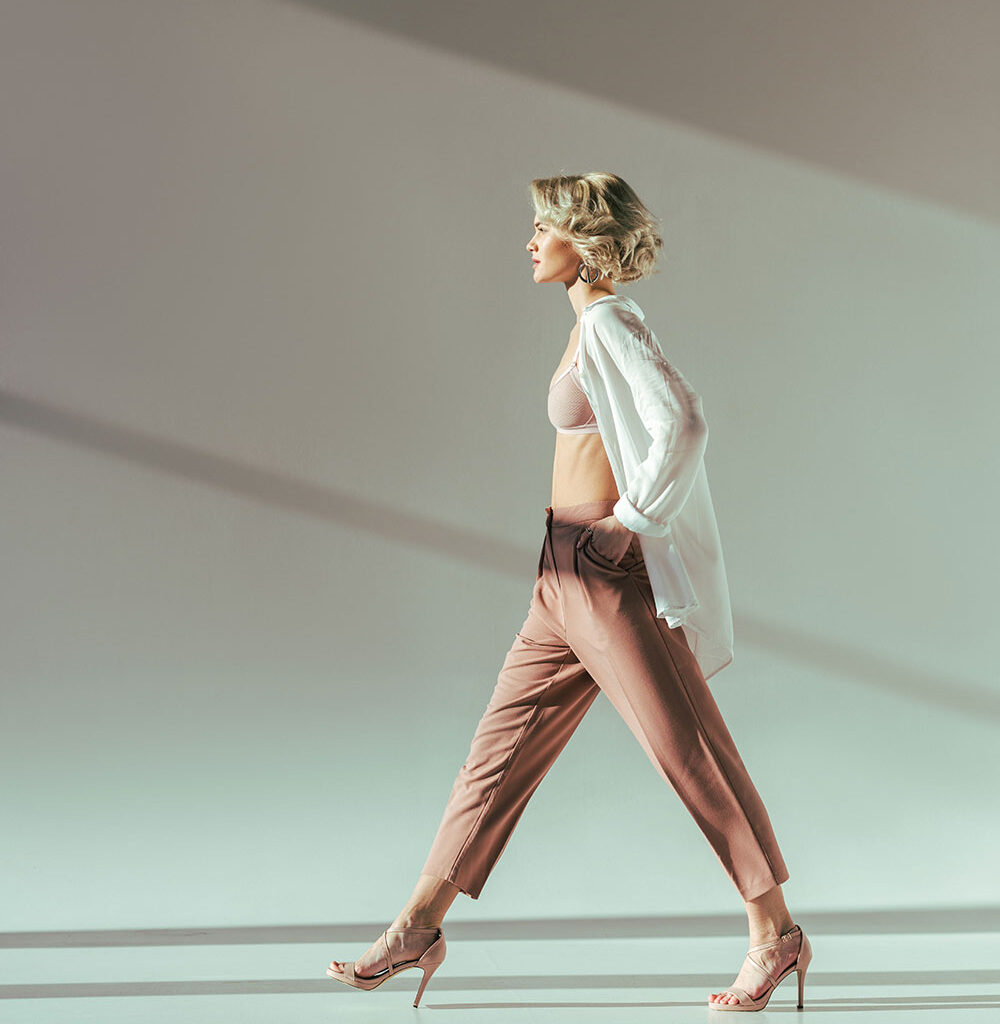
15- The Role of Posture and Walking in Fashion and Modeling
Building upon the foundational principles of posture and walking that we’ve explored, this section delves into the unique demands of the fashion and modeling world, where posture and movement are essential for projecting confidence and elegance. Just as proper posture supports overall health and daily activities, it also plays a crucial role in the fashion industry, where physical presentation can make or break a model’s performance. Whether it’s walking the runway, posing for a photoshoot, or balancing style with comfort in high-fashion settings, a strong understanding of how posture and walking align with fashion standards is essential for success in the industry.
In this section, we’ll discuss how posture can elevate a model’s presence on the runway, enhance poses during photoshoots, and help maintain grace and confidence in high-pressure fashion environments. These techniques go beyond simple alignment; they are about mastering a fluid, poised presentation that embodies the essence of fashion and style. Through these discussions, we aim to equip models, aspiring fashion professionals, and those simply looking to improve their physical presence with the tools necessary for a more polished and confident look, both in front of the camera and on the catwalk.
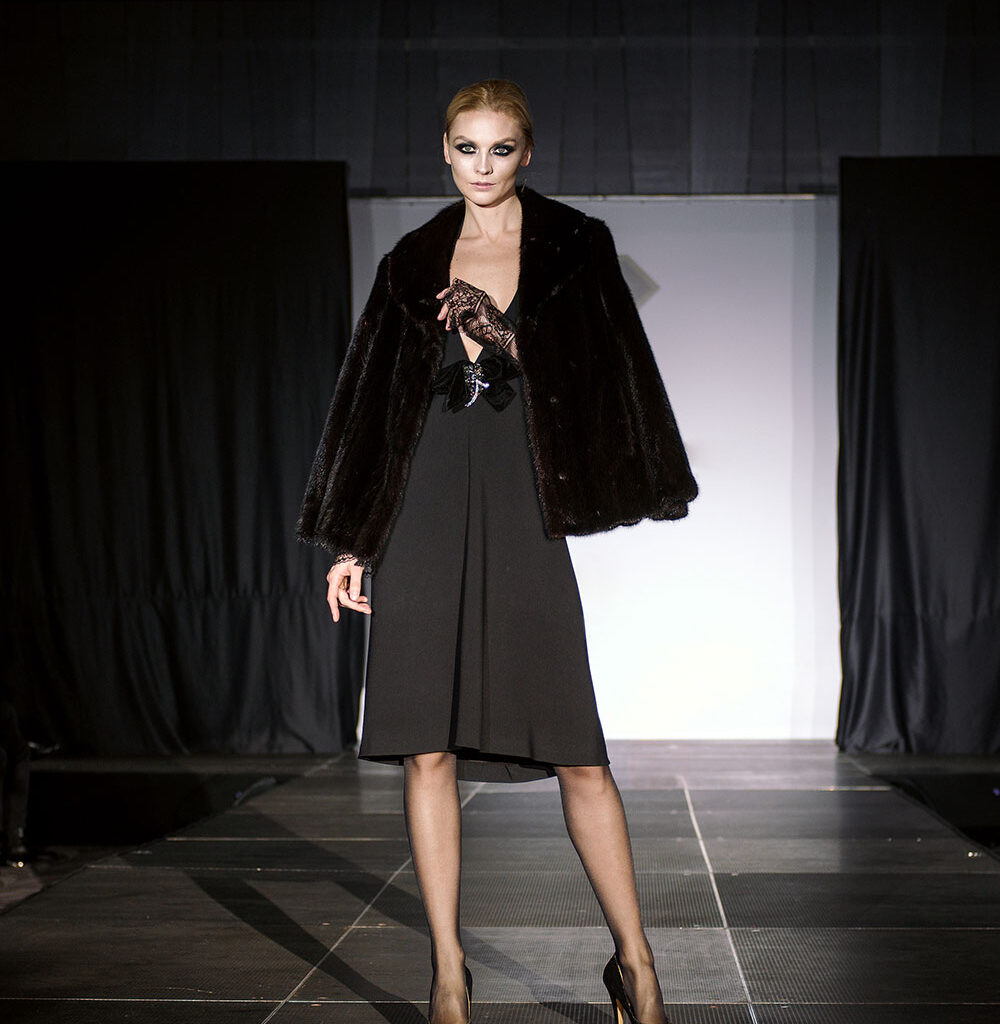
Walking the Runway– Techniques to exude confidence and elegance
Walking the runway is not just about putting one foot in front of the other but it’s an art form that requires perfect coordination, posture, and self-assurance. The way a model walks dictates the energy and impression they project to the audience, designers, and photographers. To exude confidence and elegance on the runway, it’s crucial to maintain a strong, neutral spine that supports fluid movement. The key is to walk with controlled steps, ensuring that each movement looks deliberate yet effortless. This requires engaging the core to stabilize the body, keeping the shoulders relaxed but aligned, and avoiding overexaggerated movements. The goal is to create a smooth, continuous flow where each step transitions seamlessly into the next.
In addition to physical alignment, runway walking is about owning the space. Confidence is not simply about standing tall but it’s about owning the moment with every step you take. One technique often used is to practice walking with purpose, imagining yourself as the center of attention, whether or not you are. It’s also important to stay aware of the rhythm and pace of the walk. Slow, deliberate strides often create a more powerful impression, while quick, short steps might convey urgency or energy, depending on the context. Models must also develop a keen awareness of their body’s movements, ensuring they strike the perfect balance between elegance and control. The more practiced and aware you are of how your body moves, the more effortlessly you will command the runway.
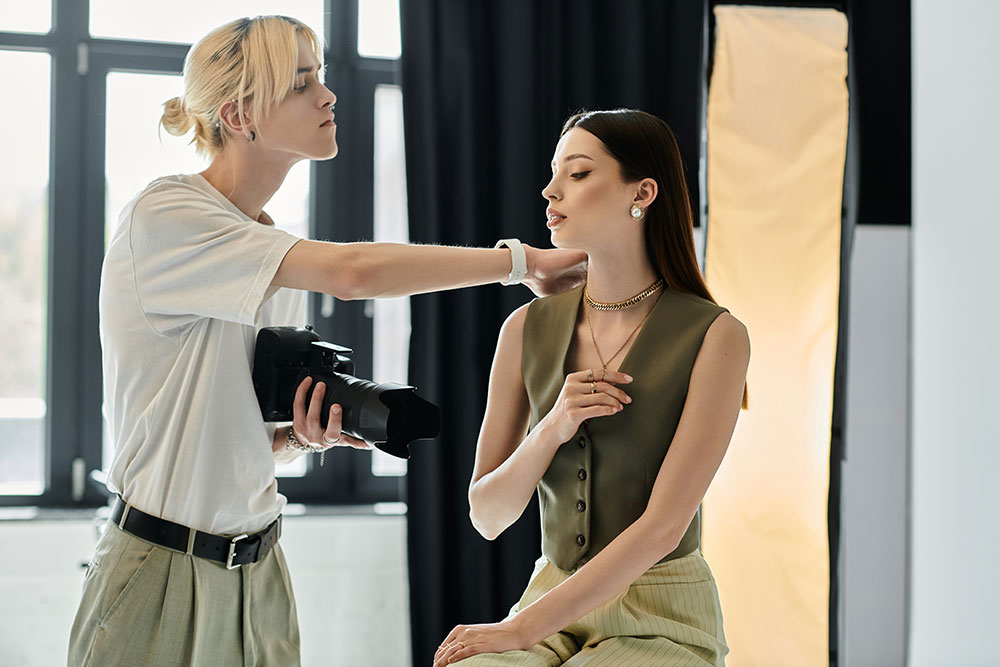
Posture for Photoshoots- Creating beautiful poses with alignment
In photoshoots, posture plays a crucial role in creating striking, flattering images. A model’s alignment can enhance the composition of a photograph, transforming a simple pose into a visually compelling moment. Proper posture begins with maintaining a straight and aligned spine, which supports the body and helps avoid stiffness or discomfort during prolonged shoots. The positioning of the shoulders, neck, and head is equally important; pulling the shoulders back creates a more open, confident look, while slightly tilting the chin can help emphasize facial features and create a flattering silhouette. When standing, slight adjustments like shifting your weight onto one leg can create curves and lines that add dimension to the pose, drawing attention to your natural body contours. These subtle shifts are often the difference between a stiff image and one that exudes grace and fluidity.
Equally important is the awareness of how arms and hands are positioned, as they significantly impact the overall aesthetic. In photoshoots, keeping arms relaxed, but not slouched, allows for natural flow and prevents awkward tension. For example, slightly bending the arms or placing them at different angles can enhance posture and give a sense of movement, creating a dynamic shot rather than a static one. When working with the hands, models can gently cup or spread the fingers to avoid a rigid or stiff look. Maintaining alignment through the entire body helps keep the form fluid and balanced, allowing the photographer to capture the most flattering angles.
A good model knows how to engage their posture with their surroundings. This means using the environment; whether it’s furniture, props, or the space itself, to complement the body’s alignment. For instance, leaning slightly on a prop, such as a chair or railing, while maintaining good posture can add a sense of casual elegance to the image. Even when seated, alignment is key; sitting with a straight back, shoulders relaxed, and legs positioned in a flattering way can make the difference between a dull image and one that radiates energy and confidence. Every angle and adjustment in posture contributes to creating that perfect shot, allowing the photographer to capture a beautiful and aligned figure that tells a story with each frame.
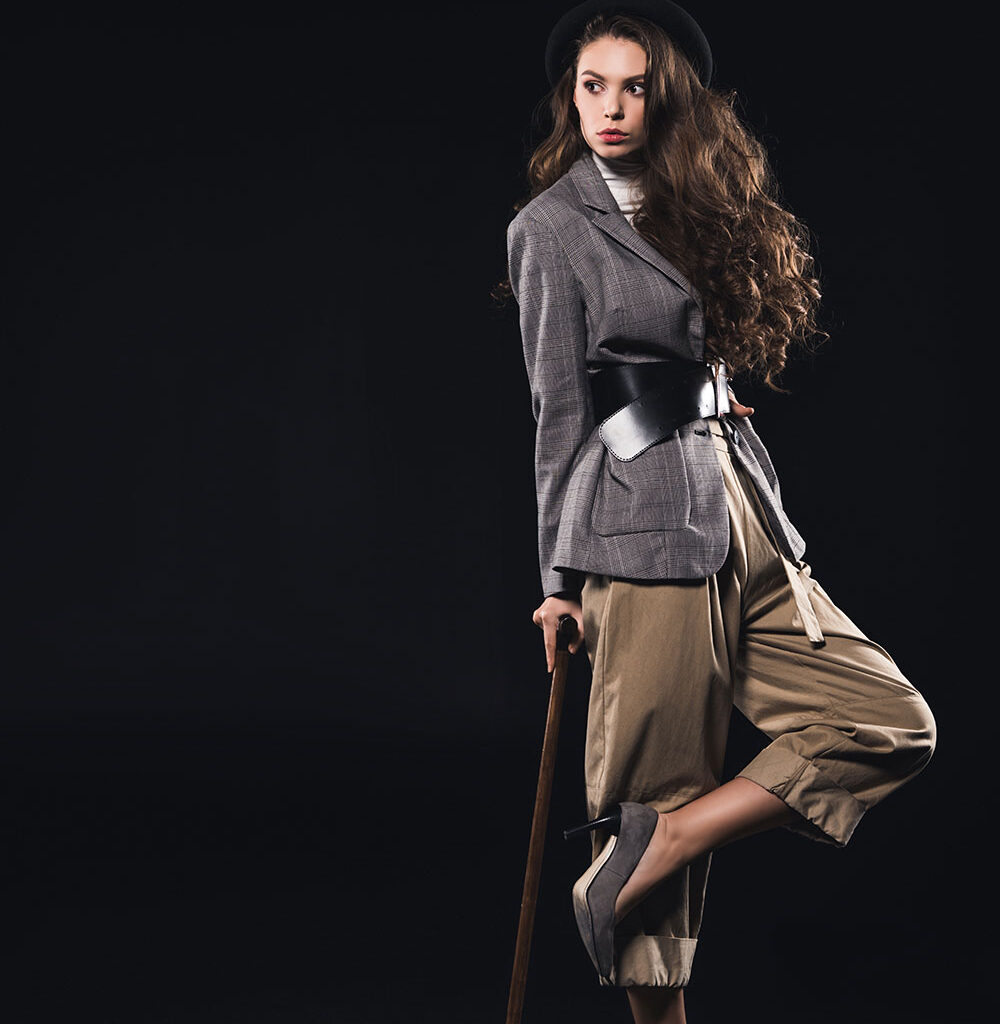
Balancing Style and Comfort- Staying poised in high-fashion settings
In high-fashion environments, models and individuals alike are often required to balance stunning style with the necessity of comfort. Wearing beautiful, yet often restrictive clothing or footwear, the key to maintaining both confidence and poise lies in how one carries themselves. A model may be adorned in the most exquisite couture, but if they are uncomfortable or constantly adjusting their posture, it can be evident in their stance and movement. The secret to mastering this balance lies in understanding how to adjust your posture and movement in a way that accommodates both the demands of the fashion and your body’s needs. This requires a deep awareness of how your body reacts to the clothes you wear, whether that’s managing the weight of a heavy garment or adjusting your stride to compensate for high heels.
The key to remaining poised in these high-pressure settings is to maintain alignment while embracing comfort. For instance, even in high heels, finding the right balance between standing tall and distributing weight evenly is essential for reducing discomfort and fatigue. In addition, the choice of posture plays a huge role in enhancing one’s ability to stay comfortable. For example, models are often trained to stand in ways that alleviate stress on their joints, such as slightly bending one knee or shifting weight between the legs. This makes it possible to maintain elegant postures for extended periods, even when wearing tight corsets or towering heels. A model’s ability to maintain grace and fluidity despite discomfort can ultimately enhance their presence, making them appear effortless and confident on the runway or in front of the camera.
Moreover, this principle extends beyond just clothing and footwear to accessories and movement. While accessories like hats, jewelry, or handbags can be stylish, they can also weigh you down or restrict movement if not worn properly. Learning how to carry accessories with ease; keeping them balanced and adjusting them so they don’t hinder your posture is crucial in high-fashion settings. By keeping your arms relaxed, shoulders open, and movements fluid, you ensure that the attention remains on the fashion and your poise, rather than on any physical discomfort you might be experiencing. Ultimately, the balance between style and comfort creates a harmonious aesthetic that speaks volumes about elegance, confidence, and the art of moving with purpose and ease in the fashion world.
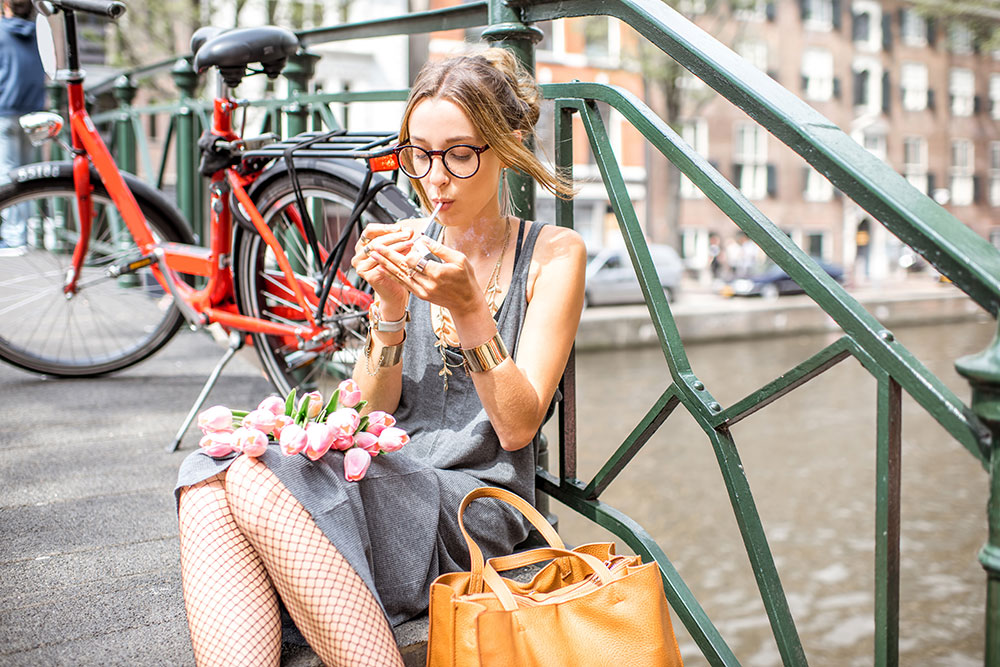
16- Incorporating Grace into Everyday Life
After exploring how posture and walking play pivotal roles in the high-stakes world of fashion and modeling, it’s important to recognize that elegance isn’t confined to the runway or photo studio. True grace is most impactful when it becomes part of your everyday life. Whether you’re heading to work, meeting friends, or simply walking through a store, how you carry yourself says a lot about your confidence, self-respect, and presence. This section takes the concepts of posture and poised movement from glamorous settings and roots them in the reality of daily experiences, where they can genuinely shape how you are perceived and how you feel within your own body.
Incorporating grace into everyday situations involves a conscious effort to move with intention, maintain awareness, and respond to your surroundings with composure. From standing tall and making eye contact during conversations to walking alongside someone with a shared rhythm, these small, mindful gestures build the foundation of everyday elegance. We’ll look into how to project attentiveness in social interactions, maintain fluidity even when things get hectic, and form habits that make posture and poise feel effortless. By bringing together posture, movement, and mindset, this section shows how elegance isn’t just something you perform but it’s something you embody.
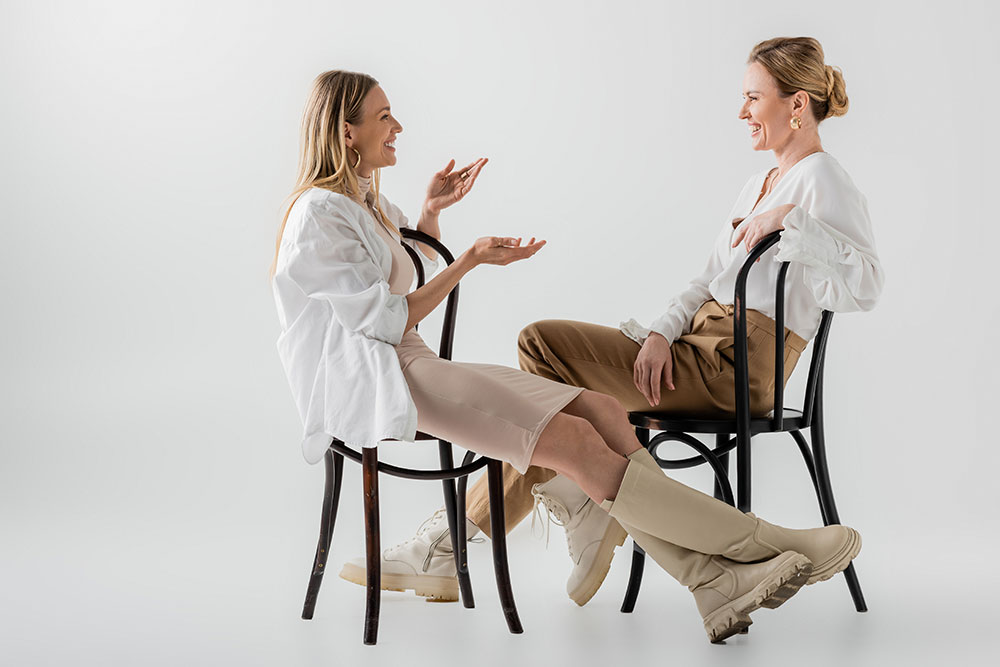
Elegant Posture During Conversations- Projecting confidence and attentiveness
Maintaining elegant posture during conversations can significantly impact how others perceive you and how confident you feel within yourself. When you stand or sit upright with a relaxed but aligned spine, shoulders gently back, and chin parallel to the ground, you naturally exude a sense of self-assurance and attentiveness. This kind of posture shows that you’re present and engaged in the moment, making the person you’re speaking with feel valued and heard. Slouching or fidgeting, on the other hand, can signal disinterest or nervousness; even if that’s not how you truly feel. By staying grounded in your posture, you create a calm, composed presence that enhances your communication.
Elegant posture isn’t about being rigid or overly formal but it’s about finding that sweet spot between poise and comfort. A slight lean forward can show interest, while keeping your body open (rather than crossed arms or hunched shoulders) signals approachability. These subtle cues help establish trust and connection. Over time, practicing this kind of posture in conversations not only boosts your outward image but also reinforces an inner sense of calm and control. Whether you’re networking at an event, chatting with friends, or meeting someone new, the way you hold yourself speaks volumes before you even say a word.
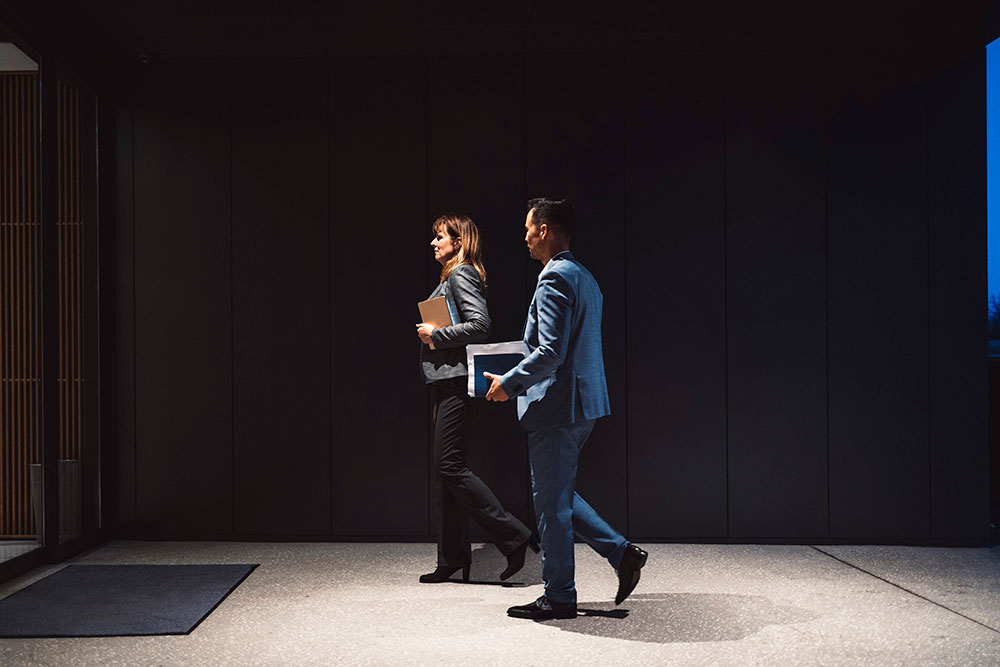
Walking Elegantly with Others- Syncing pace and stride with companions
Walking elegantly with others isn’t just about your own posture and stride but it’s about harmony, awareness, and mutual rhythm. Whether you’re strolling through a city street with a friend, walking alongside a partner at an event, or accompanying a colleague at work, syncing your pace and stride with theirs creates a sense of connection and grace. It shows consideration and emotional presence. Instead of charging ahead or dragging behind, adjust your steps to stay in alignment. Matching your speed, step rhythm, and even body angle to your walking partner’s shows that you’re attuned to them, and it transforms an ordinary walk into a more fluid, shared experience.
Elegance in group or paired walking also involves subtle communication. A slight pause at a curb, a soft glance to signal direction, or a gentle pace adjustment can make walking together feel effortless. Maintaining your own posture; neutral spine, shoulders relaxed, head up; while also staying aware of those around you reflects not only physical grace but emotional intelligence. It’s especially important in social and professional settings where how you walk with others can speak to your confidence, consideration, and awareness. Over time, practicing this kind of synchronized walking makes elegance feel natural, even in the most casual interactions.
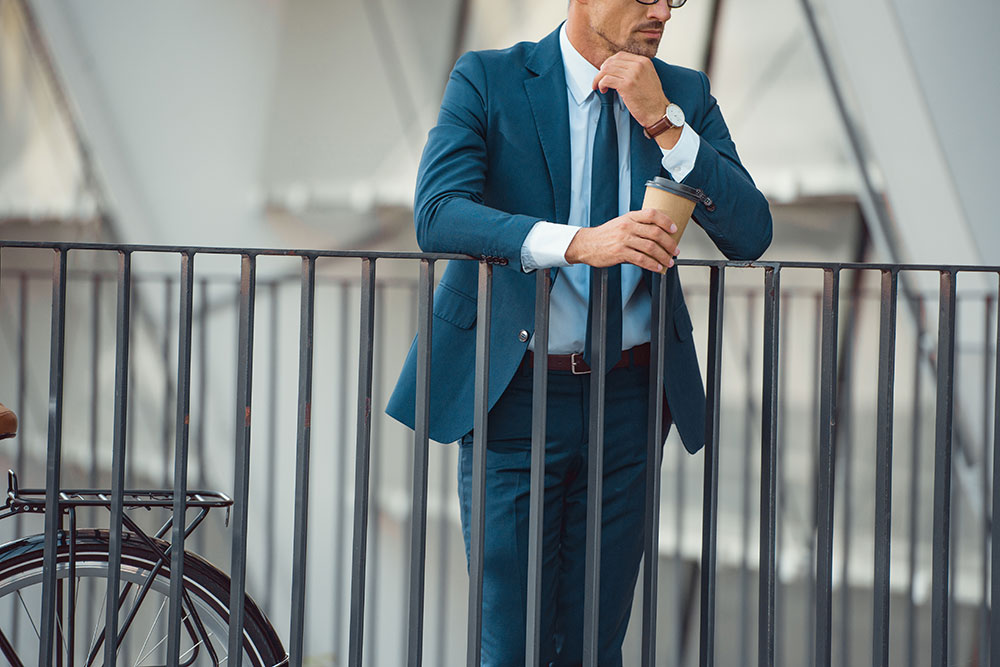
Maintaining Elegance Under Pressure- Staying composed during stressful situations
Staying elegant under pressure is truly a reflection of inner strength and self-control. When situations become stressful like running late, facing a difficult conversation, or navigating a crowded event; our bodies tend to tighten up. Shoulders rise, breathing gets shallow, and posture crumbles without us even realizing it. But this is exactly when elegance matters most. Maintaining upright posture, taking deep, calming breaths, and moving with intentionality can help regulate not only your appearance but your emotions as well. A composed presence communicates confidence and resilience, even when things feel chaotic.
Practicing elegance during stress is also about mindset. It means slowing down your reactions, grounding yourself in your movements, and reminding yourself that poise is a choice. Grace under pressure doesn’t require perfection but it’s about staying centered. Whether you’re speaking in front of a crowd, handling an awkward moment, or just trying to stay calm in a busy environment, holding your posture and walking steadily can keep you anchored. Over time, these small physical habits build emotional endurance, allowing you to carry yourself with composure in any situation.
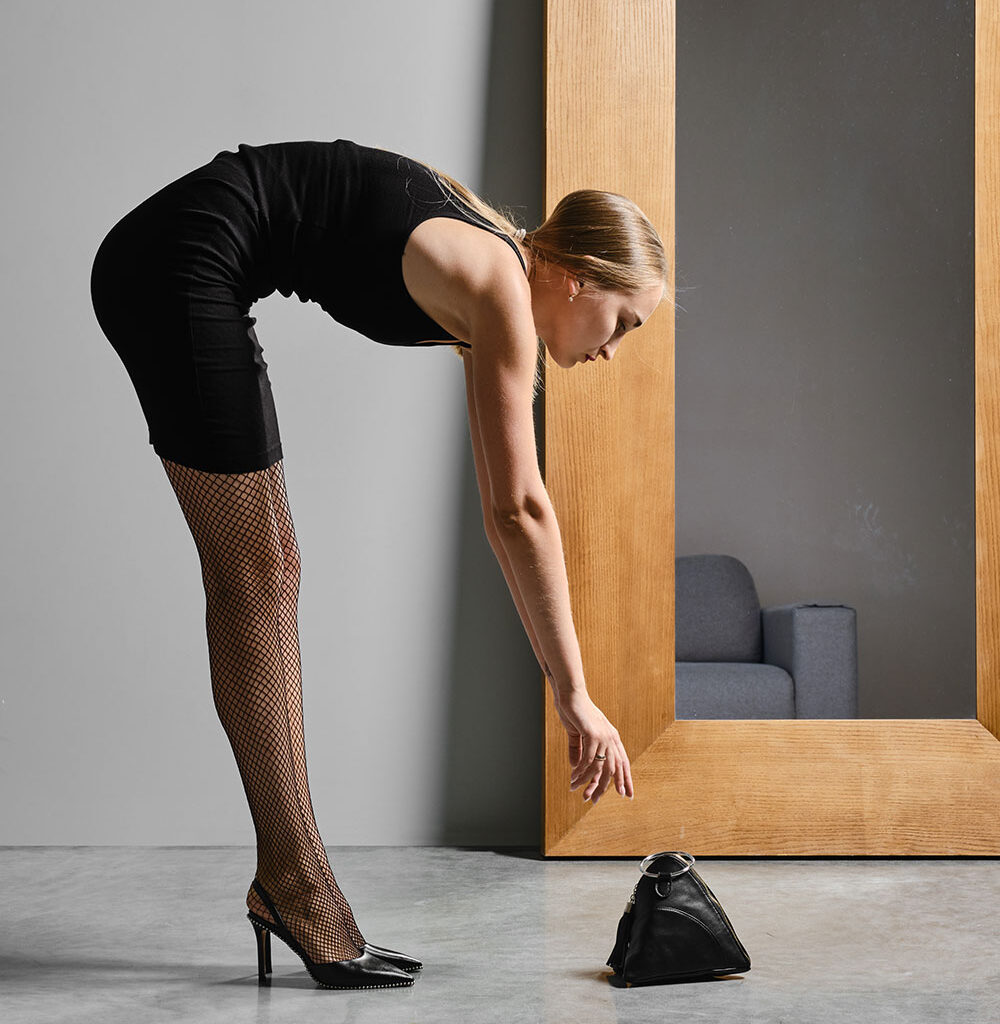
Building Habits for Life- Making good posture and elegant walking second nature
Building habits for life is the final and perhaps most transformative step in mastering posture and elegant walking. It’s one thing to practice good posture during a class or when you’re consciously focusing on it, but true elegance shows when it becomes part of your everyday behavior. The goal is to train your body and mind so thoroughly that standing tall, walking gracefully, and moving with poise happen effortlessly without the need to constantly think about it. This kind of muscle memory develops over time through consistent, mindful repetition. Whether it’s checking your posture in a mirror, practicing your stride during daily walks, or doing small stretches throughout the day, these actions slowly reinforce a new default setting for your body.
The key is patience and persistence. Building any lifelong habit takes time, but by integrating posture and elegance into the rhythm of your daily routine; while brushing your teeth, waiting for the bus, walking down the hallway; you turn occasional awareness into a natural way of being. These subtle shifts not only improve your physical well-being but also elevate your presence in the world. You begin to carry yourself with a quiet confidence that radiates from within. And when good posture and graceful movement become second nature, elegance becomes not just something you do but something you are.
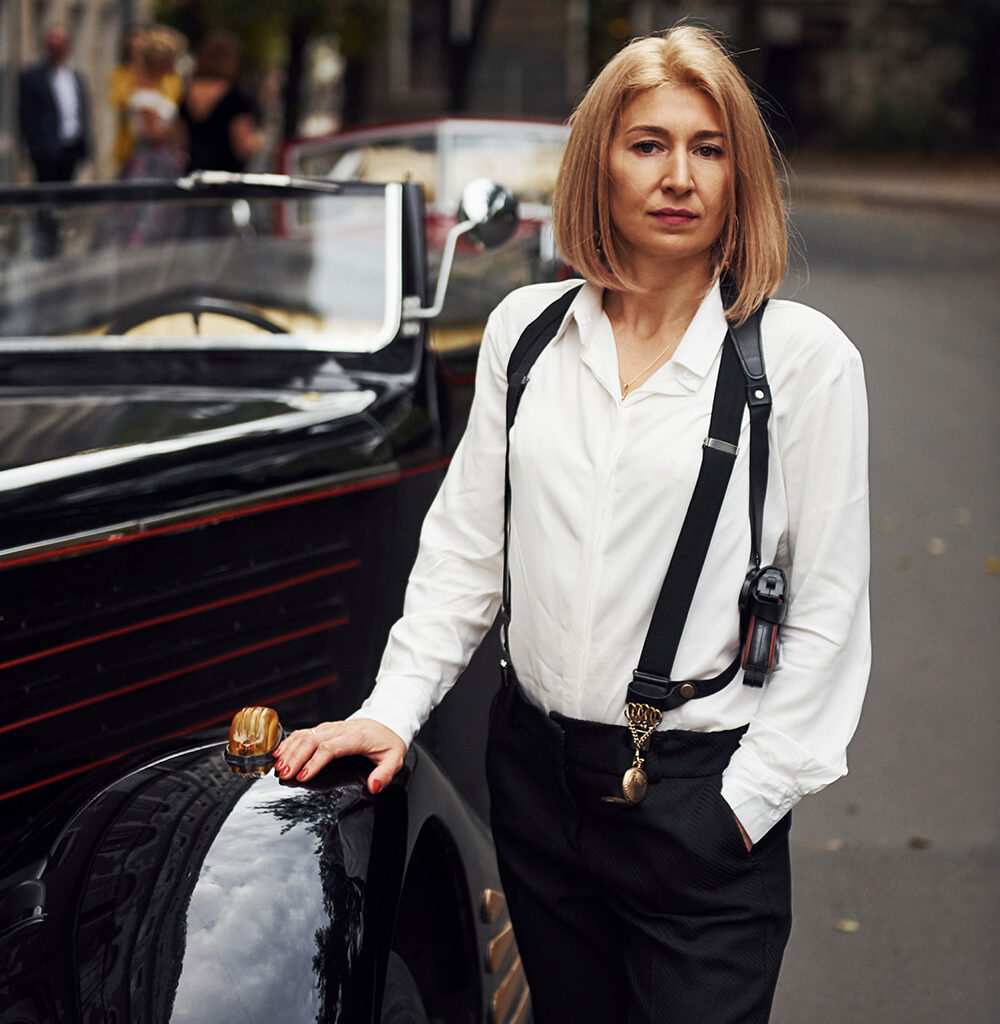
17- Case Studies and Inspirations from Icons of Elegance
As we’ve explored in the previous section, building habits for life is the key to making graceful posture and elegant walking feel natural. But sometimes, what truly cements these habits is inspiration, seeing someone embody these qualities so effortlessly that it motivates us to refine our own movement. That’s where real-life examples come in. Looking at icons of elegance not only gives us practical models to learn from but also shows us how posture and poise can leave a lasting impact on the world around us.
In this section, we’ll take a closer look at individuals who have come to symbolize elegance through the way they carry themselves. From Audrey Hepburn’s signature grace to Princess Diana’s calm presence in the public eye, and from the sharp confidence of runway models to the controlled strength of ballet dancers, each figure offers unique insight into the art of poised movement. By observing their habits and techniques, we can draw inspiration and practical takeaways that help us bring a little more elegance into our own everyday lives.
Audrey Hepburn– Her graceful walk and poise
Audrey Hepburn remains a timeless symbol of elegance, not just for her fashion sense but for the way she moved through the world. Her graceful walk was light, controlled, and almost ballet-like; each step appearing effortless and precise. She carried herself with natural poise, often standing tall with a soft, relaxed posture that radiated calm confidence.
What made Audrey’s elegance so striking was her consistency. Whether walking into a crowded event or moving through a quiet scene on screen, her movements were always composed and deliberate. She often kept her chin slightly lifted, her shoulders relaxed, and her spine aligned which creates an image of both strength and softness.
Audrey’s training as a ballet dancer played a big role in shaping her posture and movement. The discipline and body awareness that came with her dance background translated into a walk that was both structured and fluid. She showed us that true elegance comes from control, intention, and an understanding of your body’s rhythm; qualities that anyone can develop with practice.
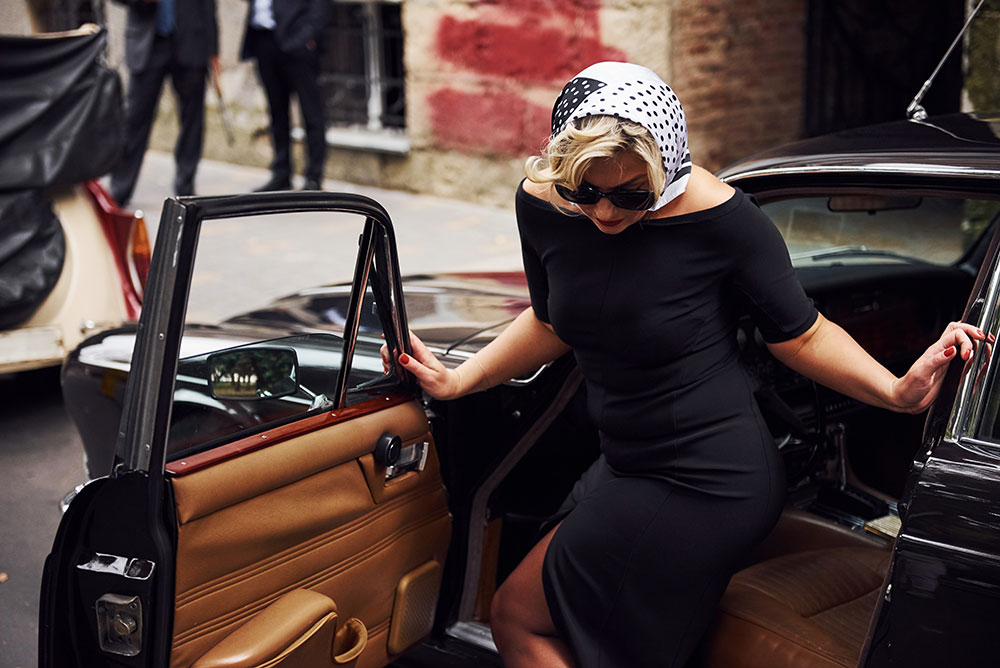
Princess Diana- Elegant movements in public life
Princess Diana was admired around the world not only for her humanitarian work and fashion sense but also for the quiet elegance she embodied in her movements. Whether stepping out of a car, greeting the public, or walking into a formal event, her posture was always composed and poised. She had a way of maintaining grace even in high-pressure public settings, often standing tall with her shoulders gently back and her head held at just the right level. This balance between regal formality and natural ease gave her presence a sense of both dignity and warmth.
Her walk was unhurried and confident, marked by soft, flowing steps that never seemed rushed or forced. Even while navigating crowds or moving through media frenzies, Diana remained grounded and composed. Her body language was open and welcoming as she made eye contact, offered gentle smiles, and carried herself in a way that made people feel acknowledged. These subtle choices in posture and movement allowed her to project empathy and strength simultaneously, something that became a defining part of her public image.
Diana’s elegance was not only about appearance; it was about the way she moved through life with awareness and compassion. Her ability to stay graceful even under intense scrutiny is a reminder that elegance is more than surface-deep. It’s about how you carry yourself, how you treat others, and how you stay true to who you are, even when all eyes are on you.
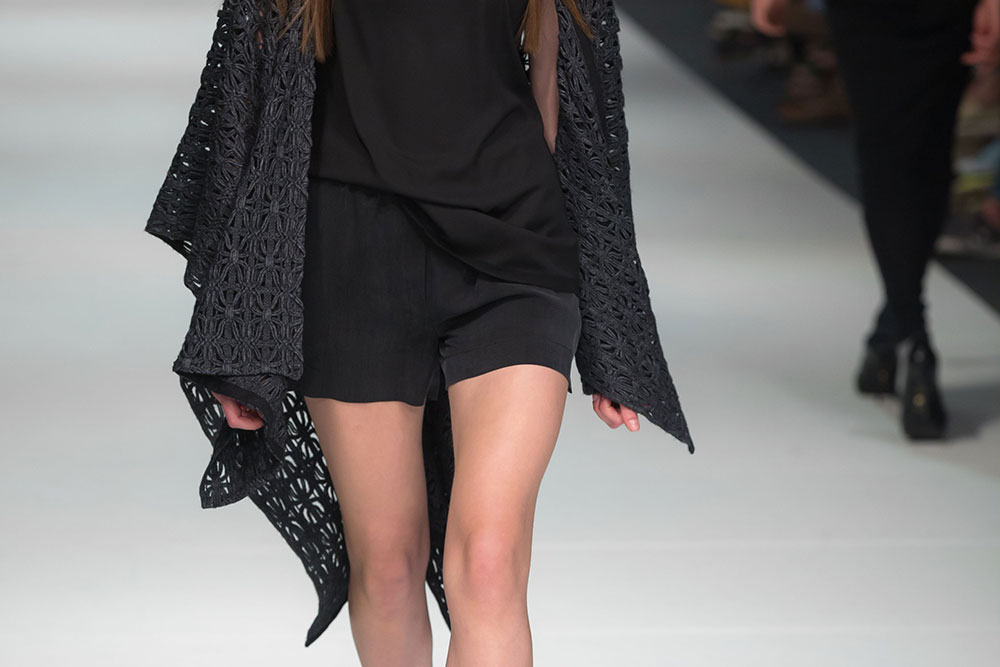
Models on the Runway- Learning from professional techniques
Models on the runway exemplify the pinnacle of elegant walking as each step, turn, and pose is a carefully practiced display of confidence, control, and poise. Their technique begins with posture: shoulders rolled back, spine tall, and head lifted, giving an instant impression of grace and authority. Their walk, often referred to as the “catwalk,” emphasizes fluid motion, balance, and rhythm, with each step following a heel-to-toe movement that maintains stability and finesse. This style of walking isn’t just for shows but it offers valuable insight into how we can all move with more intention and refinement in daily life.
Professional models are trained to make their movements appear effortless, even in challenging conditions like high heels, long gowns, or dazzling lights. A key aspect of their training is learning to engage their core for stability, keep their arms relaxed yet purposeful, and maintain consistent pace and stride. Their expressions, too, are part of the performance; calm and focused, yet subtly expressive. All of these elements together create a sense of polished elegance that makes their walk not just functional, but captivating.
For anyone looking to improve their own posture and walking style, observing runway models can be incredibly instructive. By paying attention to how they carry themselves and handle different outfits and environments, we can pick up small but powerful techniques like relaxing the jaw to avoid tension, or letting the arms swing naturally to complement the stride. These lessons translate well beyond the runway, helping us develop a confident, graceful presence whether we’re entering a room, giving a presentation, or simply walking down the street.
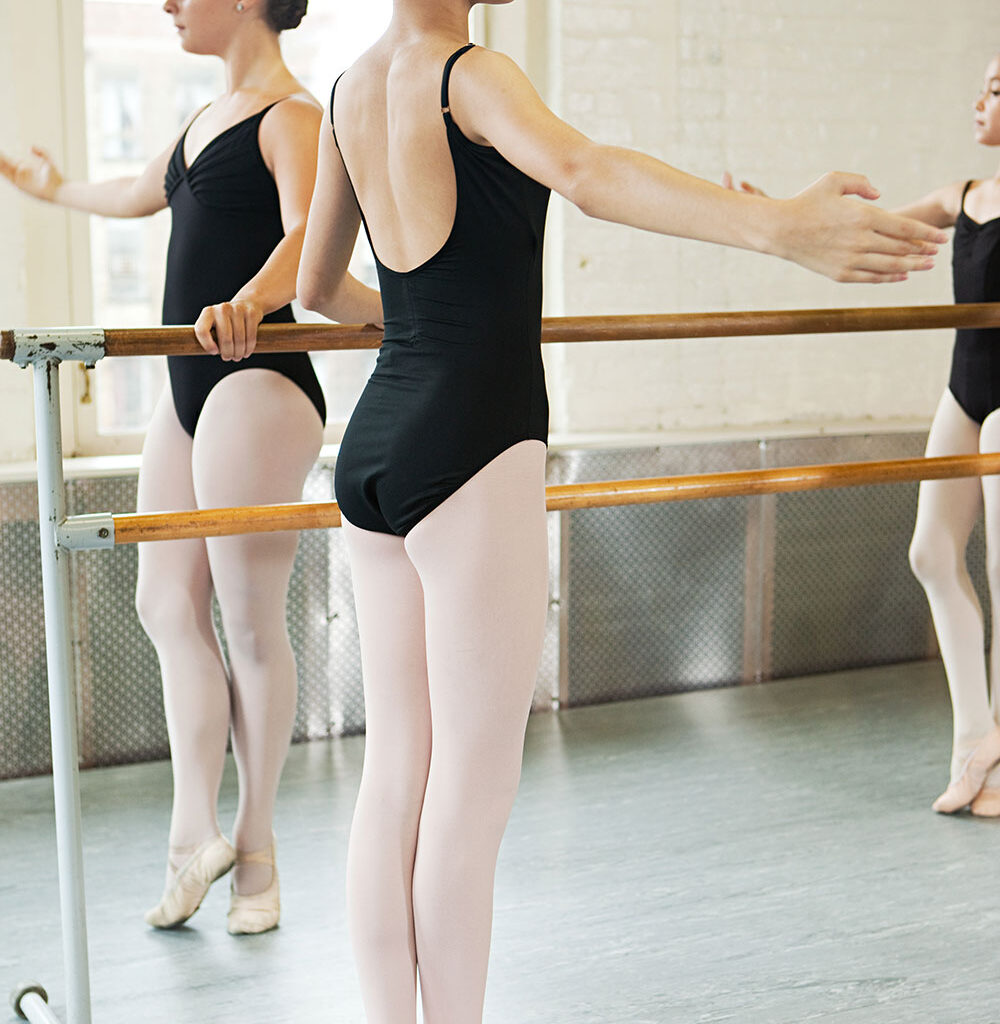
Ballet Dancers and Their Posture- Applying dance principles to everyday walking
Ballet dancers are often seen as the epitome of poise and elegance, and for good reason. The principles of ballet emphasize core strength, flexibility, and alignment, all of which contribute to the dancer’s graceful posture and fluid movements. At the heart of ballet is the idea of maintaining a neutral spine and proper alignment from head to toe, which is essential for both performance and injury prevention. These same principles can be applied to everyday walking, as they promote good posture and prevent the strain often caused by slouching or improper body mechanics.
One of the most important concepts ballet dancers practice is engaging their core muscles, which help to stabilize the torso and allow for smoother, more controlled movements. This is especially important when walking, as it helps to keep the body upright and balanced, minimizing fatigue and discomfort. Ballet also teaches the importance of mindful movement as each step is intentional, whether it’s a slow, controlled motion or a quick transition. By applying this focus and awareness to everyday walking, we can achieve greater elegance and efficiency in our movements.
Ballet also places great emphasis on the alignment of the head, shoulders, and hips, ensuring that the body remains balanced and symmetrical throughout each movement. This alignment is just as crucial in daily life as it is on stage, especially when walking or standing for long periods of time. By adopting the same posture principles that dancers use in their routines, we can improve not only our physical health but also our presence, making every step feel more grounded, confident, and graceful.
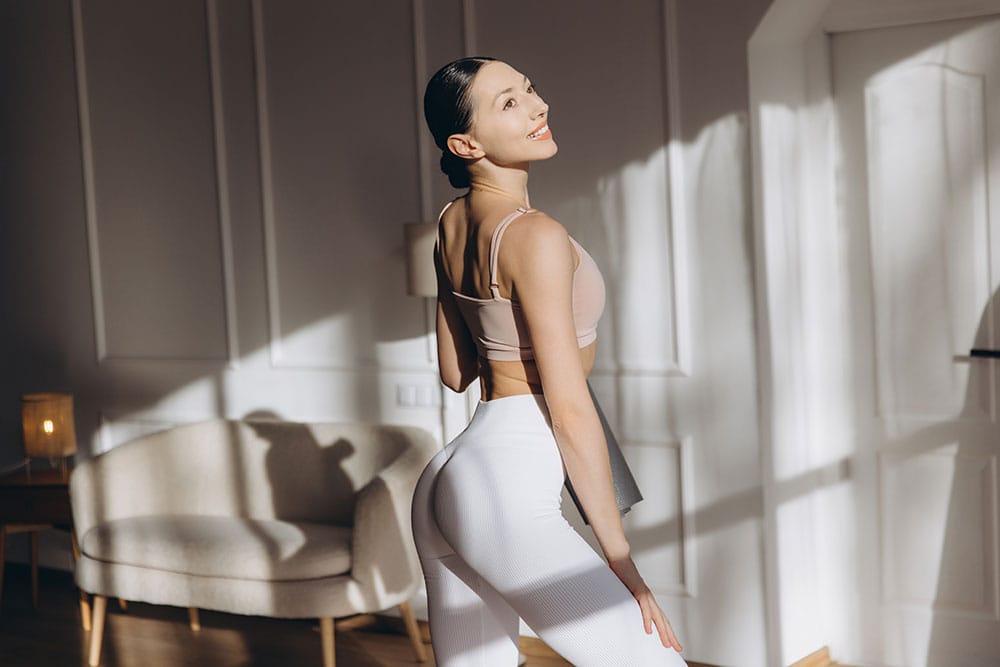
18- The Long-Term Benefits of Good Posture and Elegant Walking
Building on the foundations of proper posture and graceful walking, it’s important to understand the long-term benefits these practices can offer. Just as we’ve explored the principles behind developing and maintaining good posture, the lasting impact of these habits goes far beyond aesthetics. In this section, we’ll explore how consistent attention to posture and walking techniques not only helps prevent pain and supports overall health but also contributes to a stronger presence, enhanced charisma, and emotional well-being over time. Whether you’re looking to improve your physical health, make a lasting impression, or age with grace, the benefits of good posture and elegant movement are undeniable.
By incorporating the habits we’ve discussed into your daily routine, you can ensure that the positive effects are long-lasting. This section will delve into how these practices influence everything from mobility and pain prevention to mental clarity and poise. Just as we’ve seen with icons like Audrey Hepburn and Princess Diana, mastering posture and movement can become part of a broader lifestyle that fosters confidence, serenity, and self-assurance. The road to better posture and elegant walking not only transforms how we move but also how we feel and interact with the world.
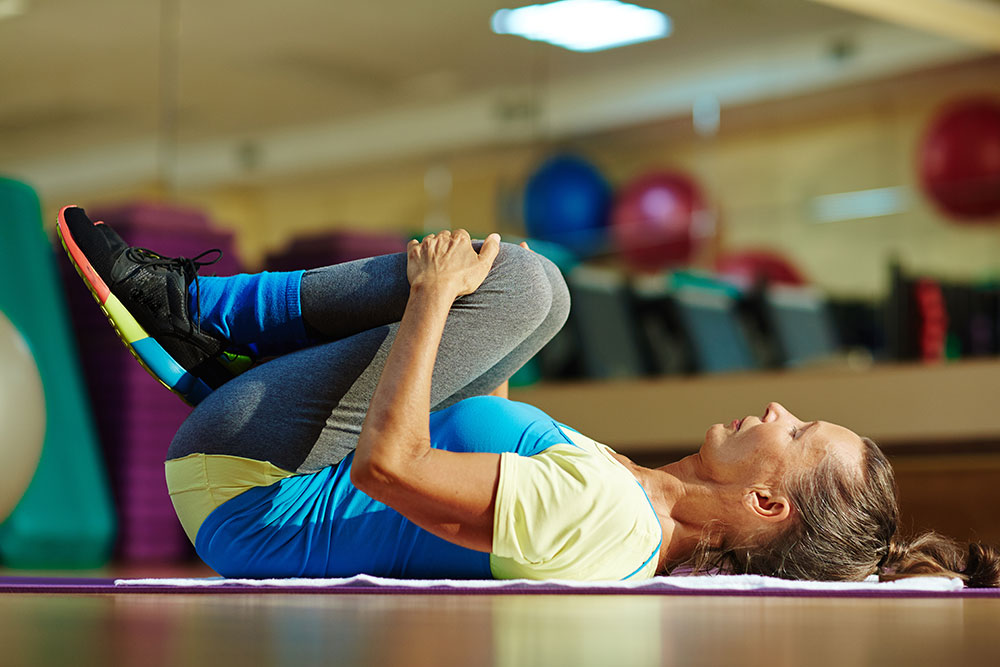
Better Health and Mobility- Preventing pain and improving alignment
Maintaining good posture and elegant walking techniques is essential for overall health and mobility. Proper alignment of the body helps distribute weight evenly across joints, reducing strain on muscles, ligaments, and bones. This alignment helps prevent chronic conditions like back pain, hip discomfort, and knee issues, which are often the result of poor posture over time. By adopting the right posture, you support your spine’s natural curves and minimize stress on the body, making everyday movements more efficient and comfortable.
Moreover, consistent attention to posture improves mobility by allowing the muscles and joints to work in harmony. When your body is properly aligned, each movement becomes fluid and easier, enabling better flexibility and range of motion. This can help maintain strength and agility as you age, preventing the loss of mobility and decreasing the risk of falls or injuries. Whether standing, walking, or sitting, maintaining a neutral spine and balanced posture contributes to better joint health and muscle performance, fostering long-term physical wellness.
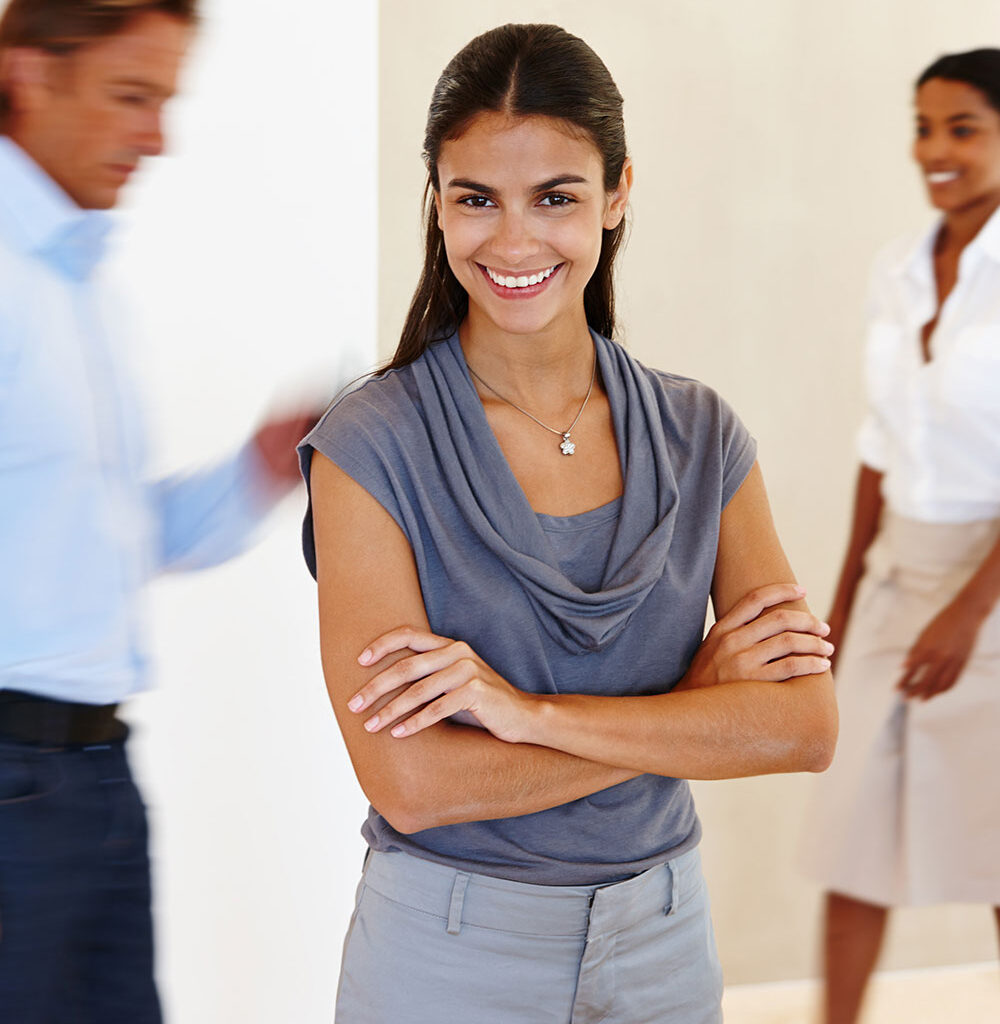
Enhanced Presence and Charisma- Making a lasting impression
Good posture and graceful walking have a profound impact on how others perceive us, often influencing first impressions. Standing tall with a neutral spine and walking with purpose exude confidence and self-assuredness, both of which are key components of a strong presence. People are naturally drawn to individuals who carry themselves with poise, as it radiates positive energy and authority. Whether in a social or professional setting, adopting good posture helps you project an image of strength, attentiveness, and reliability, leaving a lasting impression on those around you.
In addition to physical presence, good posture enhances your charisma by making you appear more approachable and engaging. When you stand with an open chest and aligned posture, you seem more inviting, approachable, and interested in others. This openness encourages positive interactions and can foster better connections. Over time, this confidence, backed by physical presence, becomes an asset, whether you’re networking, leading a team, or simply socializing. The way you carry yourself, through good posture and elegant walking, can elevate your ability to influence, inspire, and leave a memorable impression.
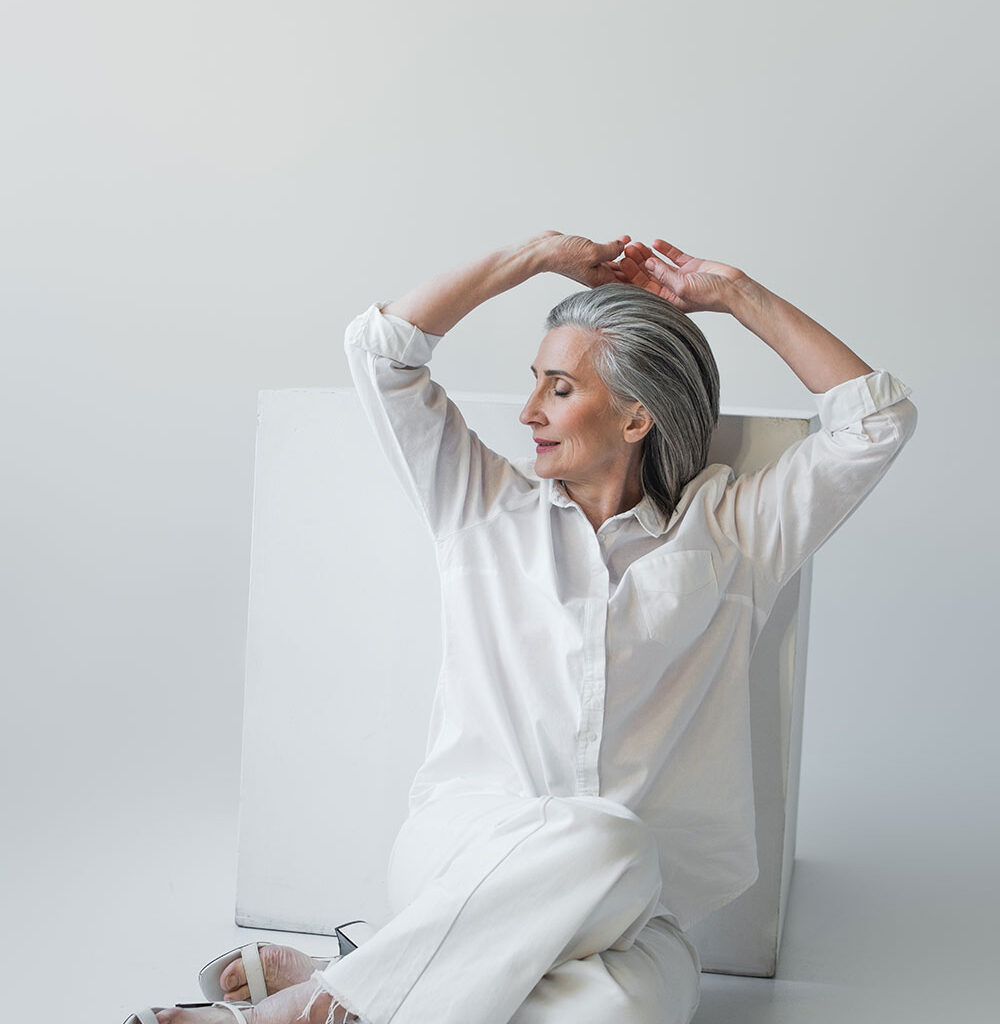
Aging Gracefully- Maintaining posture and poise over time
As we age, maintaining good posture and graceful movement becomes even more crucial to overall health and well-being. Poor posture can exacerbate common age-related issues such as back pain, decreased mobility, and poor circulation. By prioritizing alignment and practicing proper posture, older adults can reduce the strain on their muscles and joints, which helps prevent chronic pain and discomfort. Engaging in activities that strengthen the core, back, and pelvic muscles, along with mindful posture practices, can significantly enhance flexibility and mobility, making daily movements more comfortable and efficient.
In addition to physical benefits, maintaining poise and posture over time also contributes to emotional well-being. The ability to stand tall and walk with confidence has a direct impact on self-esteem and how one feels about their appearance. Aging with grace is not just about physical appearance but about embodying a sense of dignity and self-assurance. By cultivating habits that support good posture, older adults can continue to move through life with a sense of pride and elegance, helping them maintain a youthful energy and a positive outlook on life.
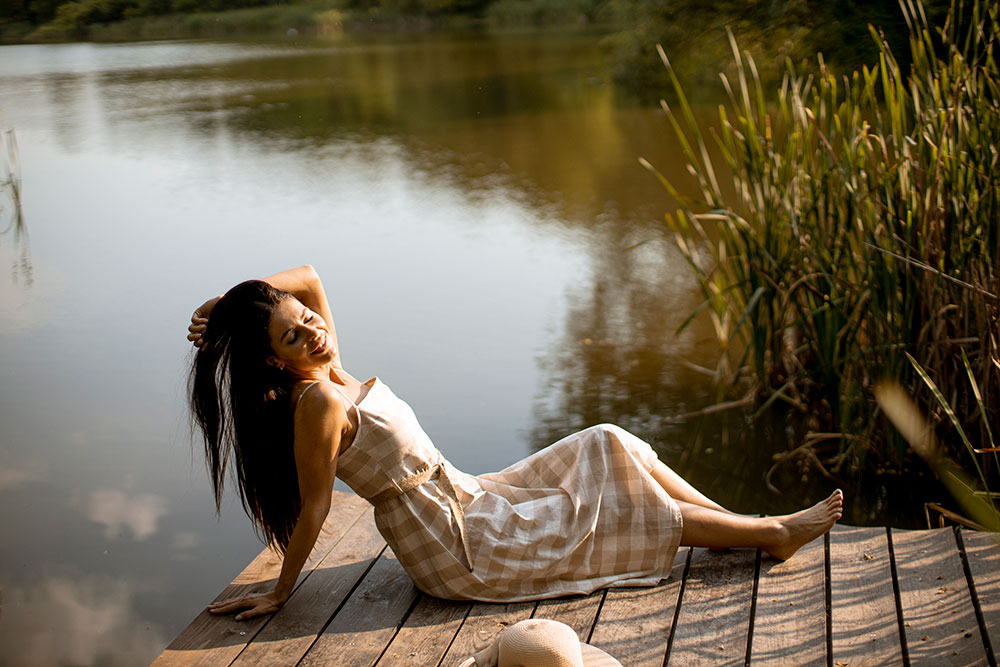
Improved Mental Well-Being- How elegance promotes inner peace
Good posture and elegant movement can significantly enhance mental well-being by fostering a sense of control, confidence, and inner peace. When we stand tall and carry ourselves with poise, we send signals to our brain that we are strong, capable, and present. This simple act of maintaining good posture can reduce stress and anxiety, creating a calming effect on the body. Research has shown that an upright posture can improve mood, increase self-esteem, and even lower cortisol levels, the stress hormone, helping to foster a more positive and balanced mindset.
In addition, the conscious practice of walking elegantly and maintaining good posture promotes mindfulness. Being aware of how we carry ourselves in the world encourages a focus on the present moment and a deeper connection to our body. This awareness can be a form of moving meditation, where every step and adjustment to posture contributes to a sense of calm and clarity. Over time, this mindful approach can lead to greater emotional resilience, enabling individuals to navigate life’s challenges with grace and composure. Ultimately, embracing elegance in both posture and movement nurtures not only physical health but also a peaceful, centered state of mind.
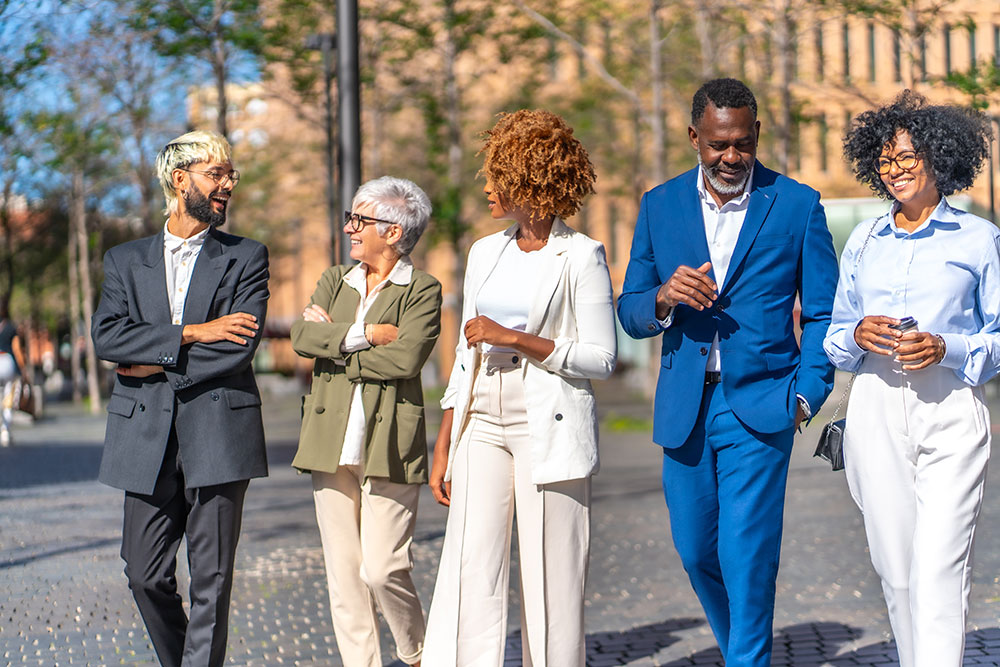
19- Conclusion
In this comprehensive guide, we’ve explored the essential elements of maintaining good posture and walking elegantly. From the health benefits of proper alignment to the techniques for graceful movement, we’ve covered the foundation of how posture impacts not only your physical well-being but also your confidence and overall presence. Throughout this article, we’ve discussed various exercises, posture correction tools, and real-life examples from icons of elegance, offering practical advice for different environments and situations.
The journey to mastering good posture and elegant walking is not just about aesthetics but it plays a crucial role in enhancing your health, boosting your self-esteem, and promoting a sense of calm and balance. By integrating these techniques and principles into your daily life, you will experience improved mobility, greater presence, and increased mental well-being. Whether you are walking the runway, navigating the office, or simply conversing with others, developing an awareness of your posture and movement can make a lasting impact. Embracing these habits for long-term improvement will ensure that you continue to move with confidence and grace for years to come, creating a lasting impression wherever you go.
Continue Reading
- How to have a good posture and walk elegantly / Part 1
- How to have a good posture and walk elegantly / Part 2
- How to have a good posture and walk elegantly / Part 3
- How to have a good posture and walk elegantly / Part 4
- How to have a good posture and walk elegantly / Part 5
Written By: Muskaan Khojestagan


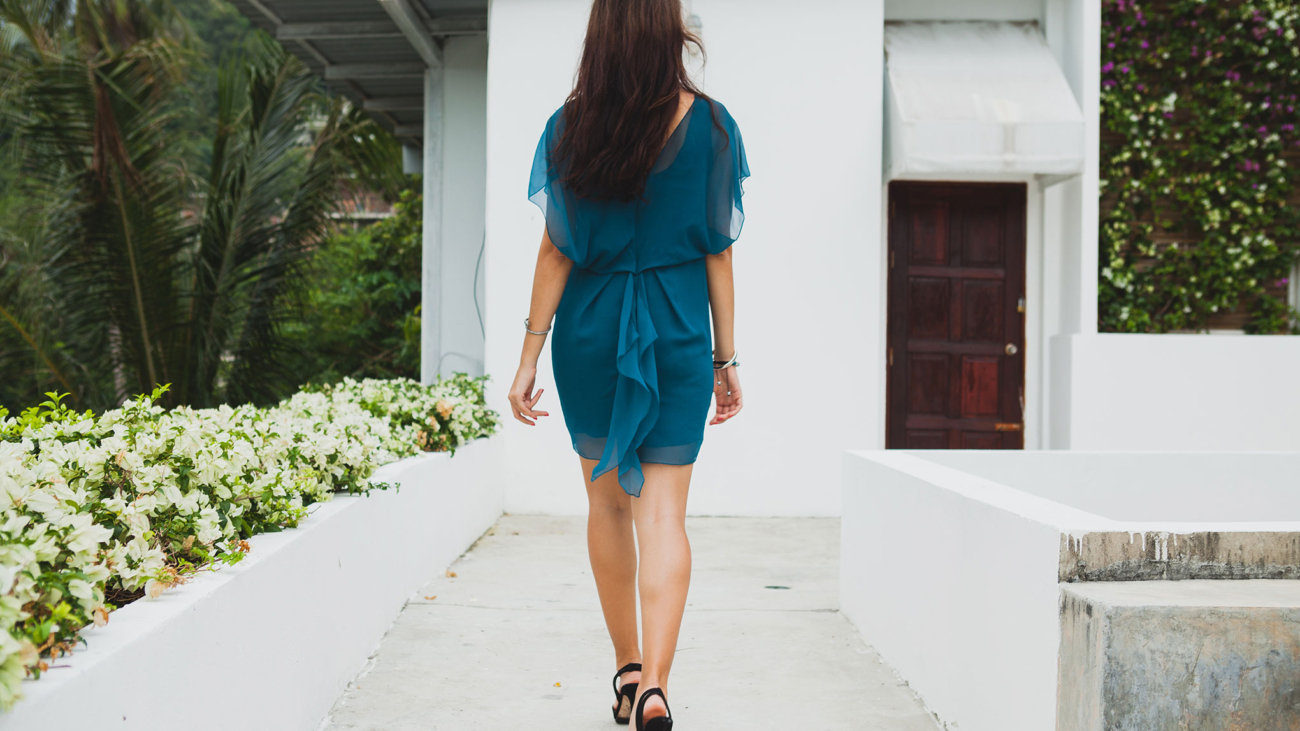
Add a Comment